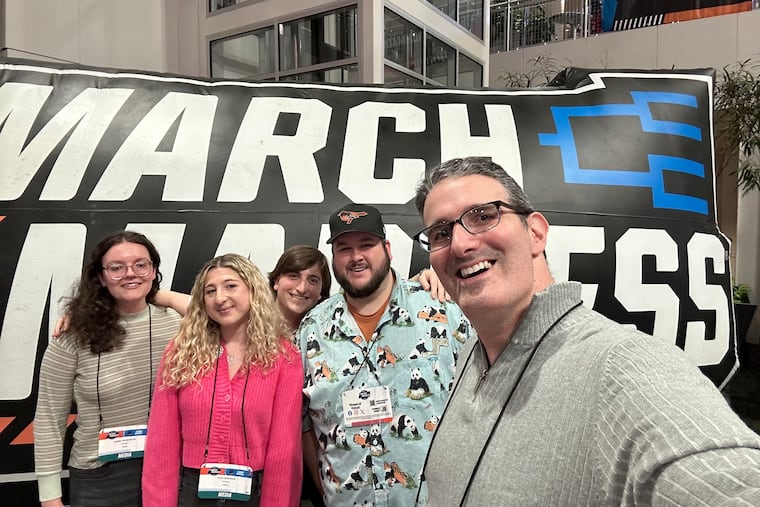Meet the South Jersey sportswriter who’s literally written the book on women’s basketball
Howard Megdal, a Cherry Hill native, recently published his seventh book, "Rare Gems: How Four Generations of Women Paved the Way For the WNBA." He also created a women's basketball newsroom in 2020.
